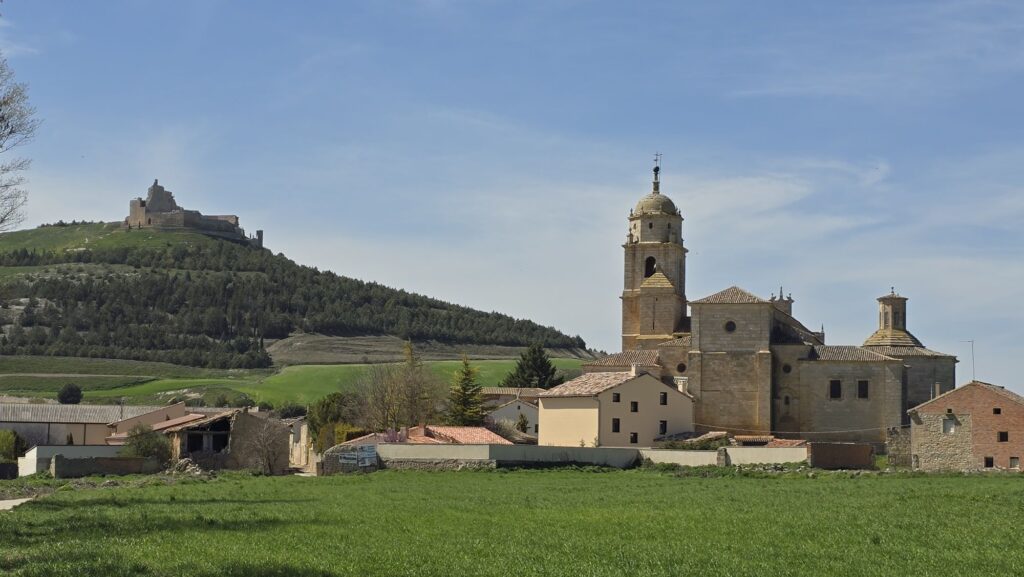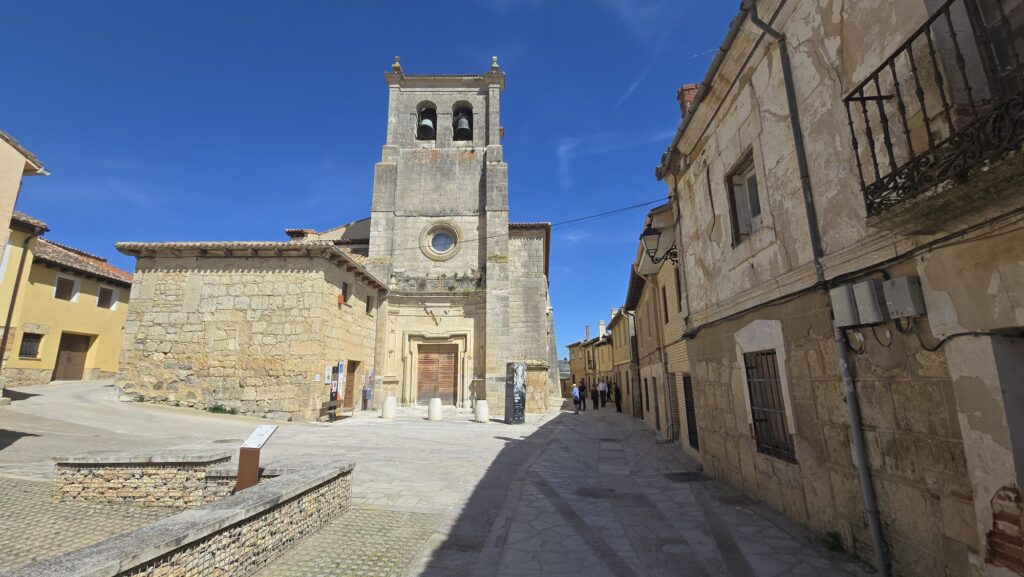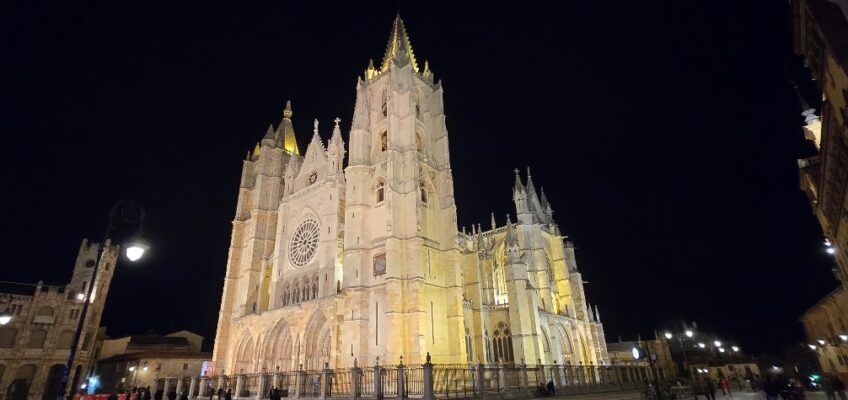I have too much to catch up on since leaving Bilbao and arriving in León, so I’m just going to give an overview and share some favorite photos from the last few days.
Here’s a rundown of the last few days:
Sunday, March 30
We left Bilbao and traveled to San Sebastian, where we had some time to explore. Then we continued to Pamplona, where we spent two nights. We had a short orientation walk that evening.
Monday, March 31
We drove to the foothills of the Pyrenees to walk a few kilometers of the Camino de Santiago. We walked to Roncesvalles and then onto Auritz-Burguete (or Burguete-Auritz; Burguete is the Castillian name of the town, and Auritz is the Basque name). There we had lunch and enjoyed chatting with a local photographer and musician named Gonzalo before heading back to Pamplona. Then later we had a walk with Gorka, who used to run with the bulls. He shared with us about that important tradition as we walked the route from the corral to the bullring.
Tuesday, April 1
We left Pamplona and drove to Ubide, where we met an archaeologist who is working on the ossuary at the Silo of Charlemagne, which I pointed out in the photo of Roncesvalles above. Burials there may go back as far as the Battle of Roncesvalles, which took places in 778. From there we continued to the small town of Castrojeriz and walked from one end of town to the other along the Camino. Finally we continued to León, where we had a group dinner and then a pleasant walk in the night, with many buildings lit up. (The photo at the top of the page is the Cathedral of León.)


Wednesday, April 2
We had a walking tour of León in the morning and then drove to Morgovejo, where we visited Granja Morgovejo, a farm that does various kinds of therapy using farm animals. We interacted with the animals, helped make cheese, and had lunch there. Back in León in the afternoon, we had free time to explore the city.
It is Romanesque (11th century) except for the Gothic section at the far right, which was added later.
Photos
Here are my photo albums from the last few days:
The Camino de Santiago
Although I really want to finish this post, I would feel remiss if I didn’t offer some background about the Camino de Santiago. I’m assuming you, dear readers, have at least heard of it and know what it is. But I’ve learned some things since starting on this trip, so I want to pass on my new-found understandings.
The Camino de Santiago (Way of Saint James) is not a single path. It is a network of routes leading to the city of Santiago de Compostela in the northwest of Spain, in the autonomous community of Galicia. Some of these routes start in France, some in Portugal, and some in Spain, but all converge at the Cathedral of Santiago. Here, it is believed, lie the remains of the apostle James.
Legend has it that a hermit named Pelayo witnessed a bright star in the night sky which he believed was a sign of the Apostle James’s tomb. Bishop Theodemir of Iria, upon hearing of Pelayo’s vision, went to the site sometime around the year 820 to investigate. He confirmed the discovery of the tomb and the remains of Saint James. The news of the discovery reached King Alfonso II of Asturias. He then ordered the construction of a chapel and later a church on the site, marking the beginning of Santiago de Compostela as a major pilgrimage site. Pope Alexander VI, in the late 15th century, declared the Camino to be one of the great pilgrimages of Christendom.
I’m actually in Santiago de Compostela as I finish writing this post.
I’ll write more about the Camino in my next post.
As I’ve walked short segments of the Camino, I’ve had in my mind and my heart my friend Billy. He has walked the Camino multiple times, and hoped to do so once more. Sadly, he’s fighting what seems to be a losing battle against cancer.
Buen camino, Billy.



Sheila
I’m sorry to hear about your friend. I also wanted to say how dynamic you look! I hope it’s a great trip for you! Love, Sheila